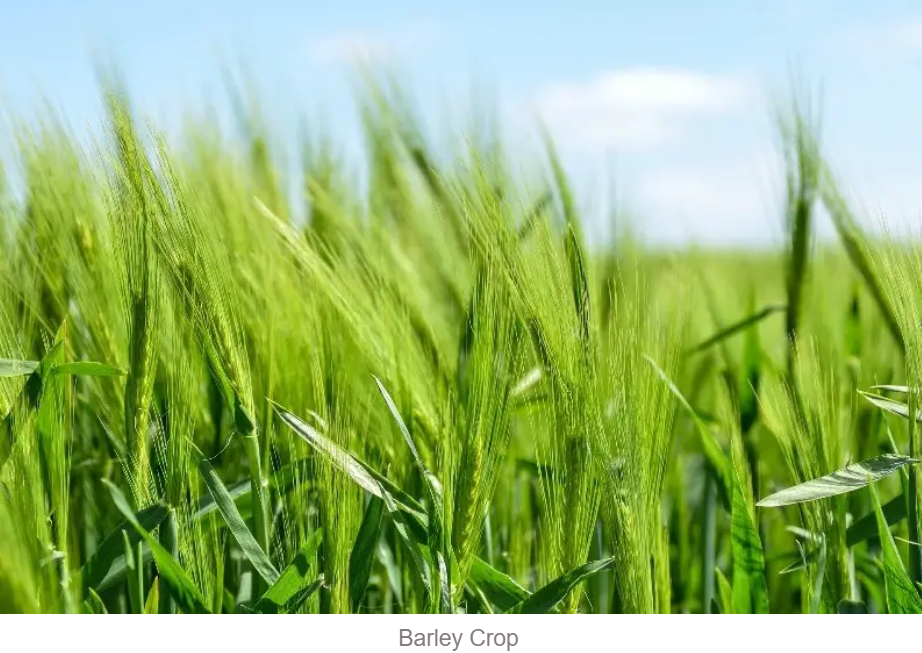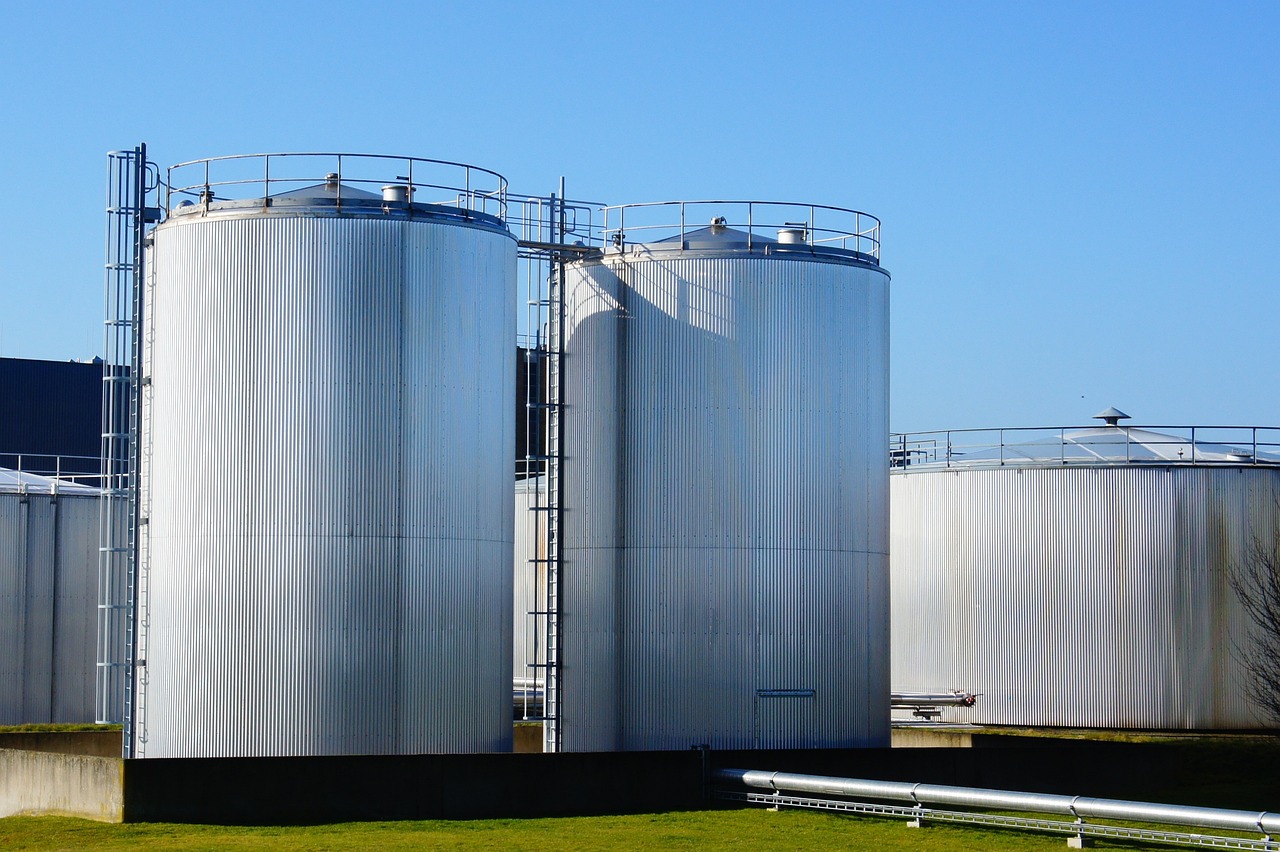Barley is one of the most versatile crops used because of its adaptability and nutritional value. The entire process of cultivation, right from preparing land to harvesting, is done carefully and as planned to bring better yields. It’s considered to be one of the most profitable crops for the farmers. Since it serves as a fundamental ingredient in animal feed, food products, and brewing. It focuses on the crucial steps for raising barley: soil preparation, seed selection, and control of weed growth. All such processes are enhanced by better machinery quality, including the models used by the Mahindra tractor. A healthy barley crop can thus be farmed with efficient methods and instruments to meet the demands of the market.
Farming Process
Due to its many uses and health advantages, barley is a necessary crop. Farmers cultivate it for brewing, food, and animal feed. Choosing seeds, controlling irrigation, and preparing the soil are all steps in the agricultural process. Barley cultivation may provide healthy crops and large yields if done with the right methods and attention.
Preparing the Land
Proper land preparation is what initiates a successful crop of barley. A field needs to be ploughed deeply to break clods and level the soil to enhance root penetration and water retention. Well-drained fertile soils with a neutral to slightly alkaline pH produce the best barley.
Further on, organic compost or manure is also added at the final stage of ploughing, thus improving soil quality. The Mahindra tractor models are surely good for this task as they are powerful and versatile. So making land preparation productive and affordable while anticipating a highly prolific harvest.
Choosing the appropriate seed variety
One step is to ensure that seeds selected are disease-resistant and best for the region’s climate. Cultivars of barley come in different growth habits, types of grain, and susceptibility to diseases. Farmers may be assisted by local agricultural experts or search for the most performing varieties of barley in their regions.
Proper selection of certified seeds leads to high yields. Certified seeds have undergone quality testing and will give uniform growth, eliminating crop failure. Variety suitability ensures the crop remains strong to its plant and increases productivity.
Sowing
Barley, in temperate regions, is usually planted between the months of October and December. Farmers should plant when the ideal soil temperature is at 10-15°C. Planting in rows will ease crop management for farmers both in growth stages and harvesting.
The depth of sowing will be 3-5 cm, according to the soil type. If the seeds are planted at the right depth, seed damage is avoided and the seeds germinate fast. Thus, proper sowing ensures proper crop density, thereby a uniform and healthier barley field.
Irrigation management
Barley prefers consistent moisture, especially when germinating and growing up. Over-watering is a major cause of root diseases. Irrigation should be applied at critical growth stages such as tillering and heading. Farmers are advised to check the soil moisture content regularly and avoid waterlogging, which retards the growth of the plant.
Farmers in areas of low rainfall may be more dependent on irrigation than others in average rainfall areas. Controlled irrigation, therefore, keeps the growth healthy and results in robust crops that can stand any form of environmental stress.
Weed and Pest Control
Effective weed and pest control is crucial in barley cultivation. Weeds compete with barley for nutrients and sunlight, reducing crop yield. Pre-emergence herbicides can help minimize weed growth in the early stages, while post-emergence herbicides target any remaining weeds.
Monitoring for pests such as aphids and armyworms is also necessary, as these can damage the plants. Regular scouting and using insecticides only when needed prevent excessive pest damage. Massey tractor models are excellent choices for field maintenance tasks, including spraying herbicides and insecticides, which ensures optimal crop health.
Fertilization Needs
Barley requires balanced fertilization to produce a high yield. Essential nutrients include nitrogen, phosphorus, and potassium. Nitrogen supports vigorous growth, phosphorus enhances root development, and potassium improves disease resistance.
Farmers should apply a well-balanced fertilizer at the sowing stage and then again during the tillering phase. For optimal absorption, fertilizers should be incorporated into the soil. Foliar feeding during the crop’s growth can also boost nutrient uptake, supporting healthier plants and larger grains.
Harvesting the Crop
Barley is usually ready for harvest 90 to 120 days after sowing, depending on the variety and climatic conditions. When the crop turns golden brown, and the grains harden, it indicates maturity. Harvesting should be done carefully to avoid grain shattering, as broken grains reduce market value.
Farmers can use combine harvesters or traditional threshing methods, depending on their resources. Harvested grains should be dried to reduce moisture content before storage. Proper drying ensures the grains stay free of mould and rot, maintaining their quality for longer storage.
Conclusion
Cultivating barley is a rewarding process that requires attention to detail in every step, from land preparation to harvesting. By following best practices in soil management, seed selection, irrigation, weed control, fertilization, and timely harvesting, farmers can achieve optimal yields. Swaraj tractor models are also effective for various tasks involved in barley cultivation, providing reliability and efficiency. Using the right equipment and techniques guarantees a successful harvest, benefiting both farmers and consumers.



